
Kishwar Chowdhury’s Bengali heritage is a crucial part of her approach to cuisine
Australia based Bengali chef Kishwar Chowdhury was a finalist in the 2021 series of Masterchef Australia. Here she speaks to LUX Contributing Editor, Samantha Welsh about the ways her heritage influences her cooking
LUX: Dhaka, London, Heidelberg, Las Vegas, how has living in all these very different locations shaped your outlook?
Kishwar Chowdhury: Having lived on a few different continents and constantly traveling through my work has definitely shaped who I am. When I finish my kitchen projects in a city, I’m often roaming the markets, finding where the locals eat and befriending anyone who’s love language is food! I find that you can get to know people and learn about cultures very intimately, in a very short space of time by immersing yourself in their food. I carry these encounters with me and it definitely shapes my creative process.
Follow LUX on Instagram: luxthemagazine
LUX: You had several career options but you seem drawn to something beyond personal ambition. How did you find this back home?
KC: Before moving into the world of food I was happily immersed in the printing, packaging and design industry. But food allowed me to express the deeper inquisitions and thoughts I had about the world. I feel very fortunate that I have an audience that is interested in that voice, whether it’s about ethnicity and ownership or ecology and waste. I feel I can wholly express myself through this medium and in doing so, found a collective global audience that resonated with me. I can see the impact that this has on the next generation, including my children and that to me is reason enough to be here.

Chowdhury takes pride in using techniques from many different cultures in her cuisine
LUX: Congratulations on having the drive and talent to make it to the final of Australian Masterchef! What made you do it and what have you learned along the way?
KC: The short answer to that is my son, Mika, made me do it. During the lockdown, we were living on a farm outside of my hometown of Melbourne. Like many others, it was a time that made me reflect on what I really wanted to do with myself and what it was I would be leaving behind. It became integral to me to pass down to my children all the things my parents had spent a lifetime teaching me. I spent a lot of that time cooking, writing and drawing. My son was the one who urged me to apply for Masterchef after seeing an ad on TV and the rest is history.

Kishwar Chowdhury came third place in the 2021 series of Masterchef Australia
My biggest takeaway from the Masterchef experience was finding who I am as an Australian-Bengali. I think many of us around the world who belong to minority cultural diasporas live with their feet planted in two boats. Masterchef gave me an opportunity to express who I am through my dishes and represent both the Australian and Bengali sides of my identity.
LUX: Your recipes have reached an international platform and you champion your Bengali culture, as distinct from ethnicity or religion; is that important to you?
KC: Being born and bought up in Australia to Bengali migrants from both India and Bangladesh meant that I grew up identifying with Bengali food and culture beyond national borders. My food reflects the history and cross cultural influences that landed in the Bay of Bengal. Being a major trade port for the British East India Company, Mughals who bought their Persian cuisine and sharing porous borders with South East Asia, the layered food tapestry in this region is incredibly diverse, delicious and largely undiscovered. It’s impossible to write about Bengali cuisine and confine it to a certain ethnic group or religion.
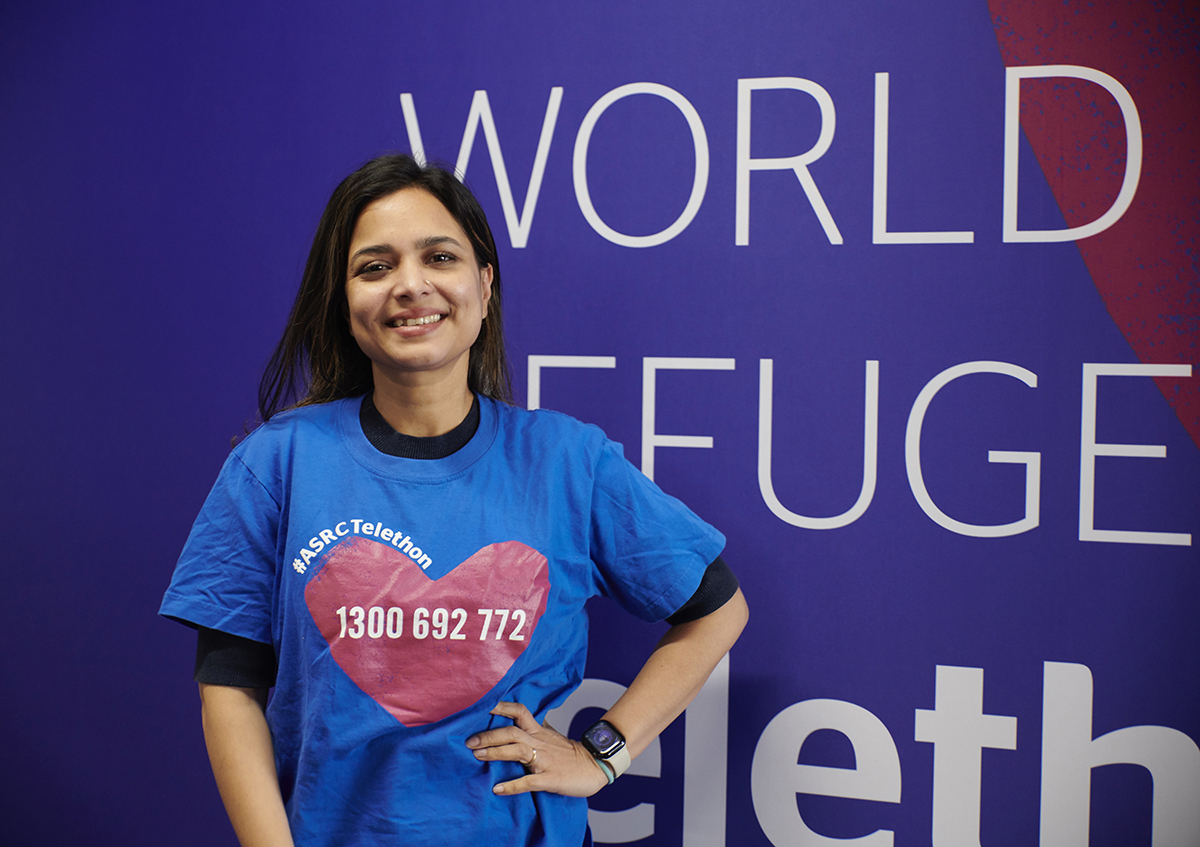
Kishwar Chowdhury has worked closely with the UN World Food Programme and ASCR to combat issues of hunger and food distribution
LUX: You could be said to subvert tropes about women’s work and women’s place in South East Asian society. How has this been received?
KC: I always say cooking has been a privilege for me. I get to approach it from a creative space and head kitchens, which is still, across the world, an anomaly. I do find frustrations in breaking stereotypes when people think cooking is a natural skillset for women or something that should be imparted on girls. I grew up in a household where both my mother and father cooked and believe that cooking is a basic life skill that every person should acquire. The burden of cooking still predominantly rests on South Asian women and women across all cultures in general. It is twice as difficult in that space to break that mould and to be seen as a chef rather than a cook.
LUX: How do you deal with preconceptions about how and where it is appropriate to serve South East Asian food?
KC: There has definitely been a hierarchy of cuisines that have been considered worthy of fine dining spaces. I do think that mould is being broken and we see a rise of restaurants showcasing heritage cuisines taking out Michelin stars and getting global accolades.
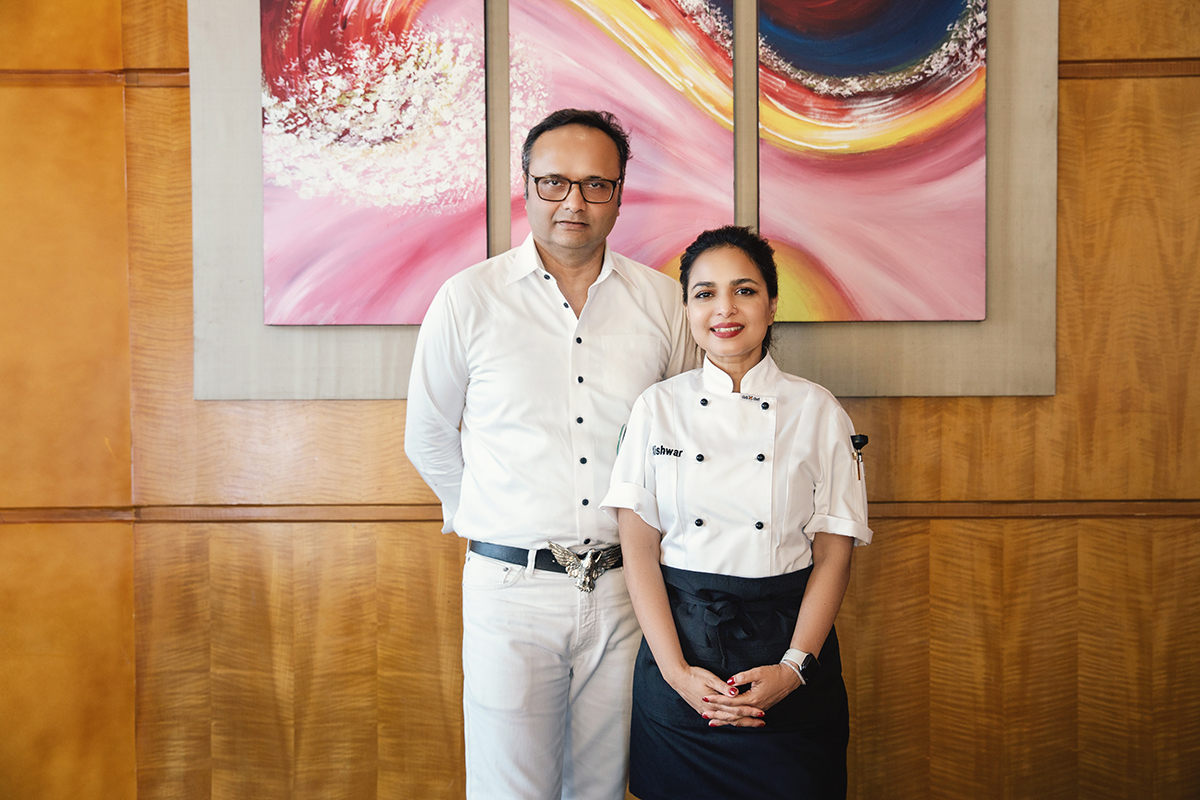
Durjoy Rahman with Kishwar Chowdhury
I find that the hardest preconceptions to break are within one’s own cultural confines. Often, I recreate dishes that are historically peasant dishes or “Andarkhanna” food that is served at home. People who have never come across these dishes are receptive to the incredible techniques and subtle flavours that exist in heritage Bengali cuisine. But often the beauty and rarity of these dishes are overlooked when they’re cooked at home.
LUX: How did you come up with the controversial concept to repurpose leftovers to haute cuisine?
KC: Some of the greatest restaurants in the world, notably the famous René Redzepi’s Noma, have been exploring this concept for years and shed a global light on the importance of sustainability in this industry. This, together with the cultural significance of eating nose to tail, repurposing food scraps and using every part of an ingredient, whether it be a fruit, vegetable or a whole animal, led me to carry that ethos into my kitchens.
LUX: Tell us about your activism, particularly the UN World Food Programme and Feast for Freedom.
KC: I’ve never considered myself an activist, but feel a deep sense of responsibility to do something about the disparity in food distribution. Whilst one side of my work is about creating magical experiences, there is also a very real side of the food industry that entails waste, hunger and lack of access to basic nutrition for millions. Through working with the UN WFP and ASRC and having the platform and the ability to shed light on these matters is how I push for change.

Preservation and legacy are at the core of Kishwar Chowdhury’s cuisine
LUX: How can you capture a cultural legacy and preserve it for the next generation?
KC: It starts with preservation through practice and the written word. In my case, recipes, particularly from this part of the world, are difficult to preserve, as they are not scientific, like baking. They require a tactile understanding of spices and ingredients, seasonality and also locality. I’m currently writing my book on recipes from the Bay of Bengal and trying to pass on more than just recipes, but a way of life. As for the next generation, I think immersing my children, as I was, in art, cultural experiences, rituals and festivals, creates a muscle memory so that they too will want to recreate all this as they get older.
Read more: Durjoy Bangladesh Foundation: Bridging Global South And North
LUX: What would you tell a young chef embarking on their career?
KC: I would say find your voice in food. What is it you want to share with the world through your food, find the people and kitchens that will help you attain the skill set you need and always follow your stomach!
Find out more: @kishwar_chowdhury
This interview was conducted in association with the Durjoy Bangladesh Foundation

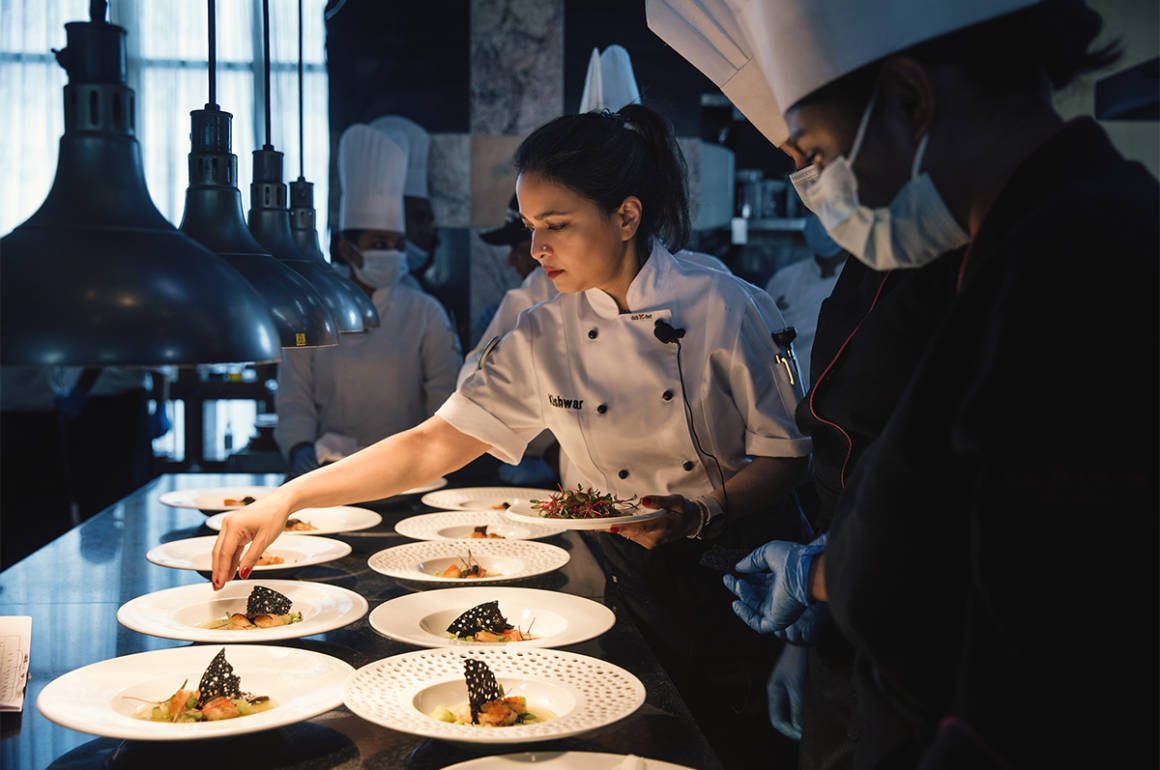

 Jennifer Anderson, Co-Head of Sustainable Investment & ESG at Lazard Asset Management, speaks to LUX Contributing Editor, Samantha Welsh, about the history of her career, the changes in the ESG investment landscape over that time, and offers an insight into why she thinks the industry is at an important inflection point
Jennifer Anderson, Co-Head of Sustainable Investment & ESG at Lazard Asset Management, speaks to LUX Contributing Editor, Samantha Welsh, about the history of her career, the changes in the ESG investment landscape over that time, and offers an insight into why she thinks the industry is at an important inflection point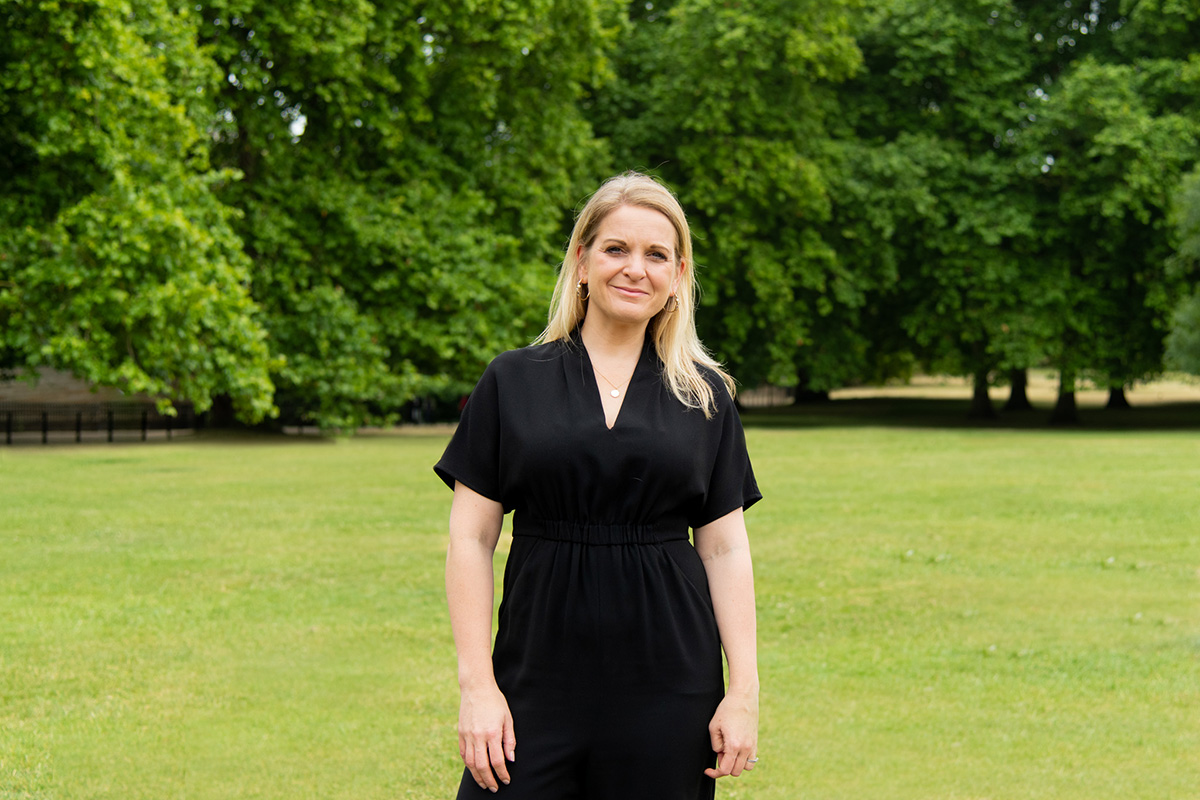

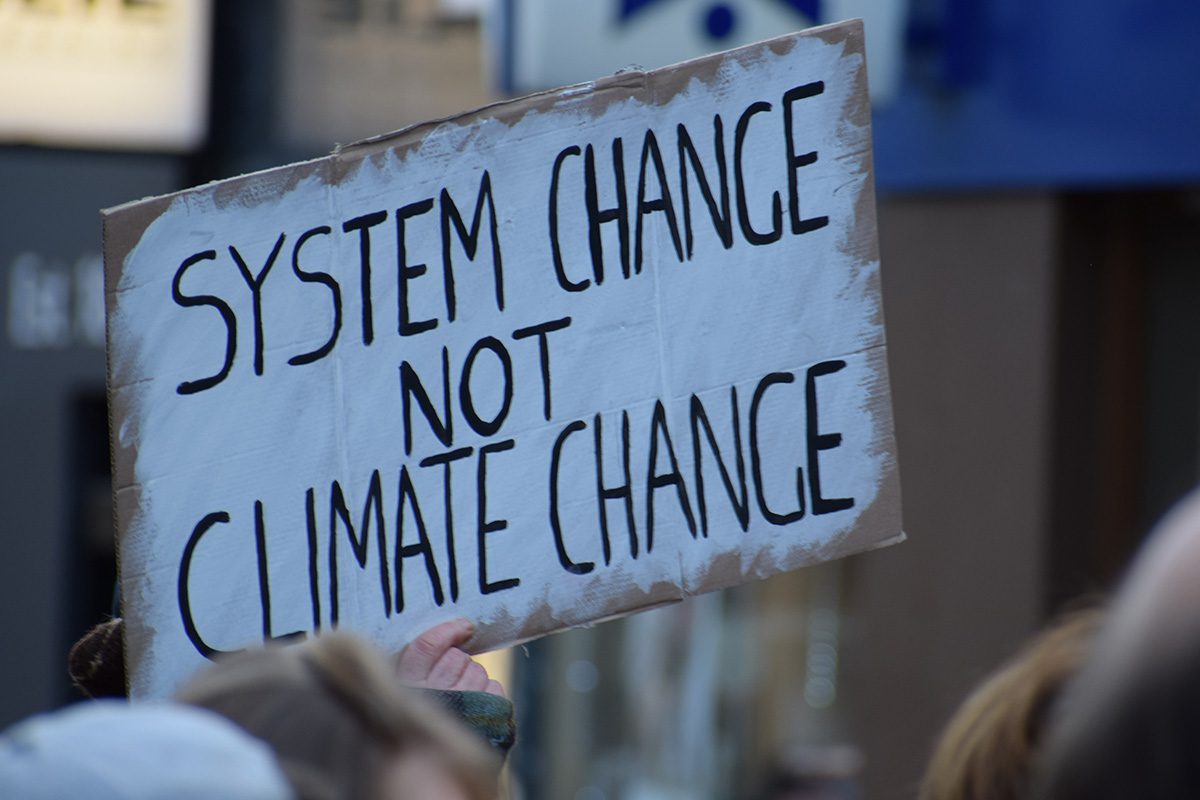






Recent Comments